
by Ben Zackheim | May 29, 2014 | Digital Identity, Writing |
NOTE: In the coming months I’m going to write about how we present ourselves online. Digital ID, as I call it, is the sum of:
After two decades of doing business online, I’ve realized that we must know who we are offline to establish the strongest Digital ID. I’ll set out to prove that thesis in my articles.
We’re all learning how to maneuver this wonderful, liberating mess together! So I look forward to hearing this community’s opinions.
—
I like the image above because it’s how I feel when I wake up in the morning and put on my marketing cap and get on Facebook. I feel like I’m immersed in a pool of people, some of us connected, some of us not, some of us wanting to be connected, some of us not. And I think it’s important to recognize that mess. I think understanding how messy things are makes it easier to understand how we feel about establishing a digital ID. And, just as importantly, what we need to do to set up our own Digital ID.
What do I mean by that?
Here’s my best explanation: I’m a strong believer in the independent storyteller’s power. Not just the power of moving people to think and act and feel, but the power to find an audience on your own that you can tell your story to.
The Slow, Agonizing, Delightful Death of the Gatekeeper
For a long time, storytellers have been ruled by gatekeepers who got to tell us, “That story is good enough and worth this much. But that one sucks and good luck!”
Those days are coming to an end.
And how do I know this?
Because I was a gatekeeper.
I told some brilliant people that their stuff wouldn’t make it in today’s market. Sometimes I was right, sometimes wrong. But the powerful emotions I felt when I saw some of them move on and do great things were undeniable.
I wasn’t regretful.
I wasn’t envious.
I was inspired.
I saw them leveraging brand new tools, online services, ways of connecting that no one had thought of. They found their audience without Viacom, ESPN, AOL, Sony and all those other places where I worked.
Those gatekeepers were wrong.
I was wrong.
For my part, I had enough confidence in my own writing talent to strike out and try this new world on for size myself.
Now, the jury is still out on whether that was a good idea. While I’m doing great, I’m not making a living wage at writing my books. But I like the trajectory and I love the process. The freedom is exhilarating.
And it’s messy. Like this post’s image.
So what does this mean for working artists?
We’re living through a fundamental shift in how people learn about us and how we learn about them. As a writer looking for an audience I know in my heart that I’ll find my readers only if I stay true to myself.
To be clear, I find the incredibly detailed tracking of people by big companies creepy. I don’t trust them with the information. The counterpoint is that most of them are sharing that data with everyone. Some charge (like FB) and some don’t (like Google). Does that make it okay? I don’t know the answer to that.
I do know that I can go online and have a universe of data on my target audience at my fingertips. If I work hard, stay true to myself and my work, I can reach them and I can make a living telling my stories. The sacrifice I make is that my interests, preferences, friends and behavior is also thrown into this messy pool of data — slicing my identity into little pieces for another artist or writer or entrepreneur to scour through and evaluate.
[Tweet "I'm a data point for someone else. And they're mine."]
It’s a fascinating, liberating, terrifying time. And I’m delighted to be a part of the mess every single day.

by Ben Zackheim | May 26, 2014 | Writing |
He used a pencil to say goodbye. Maybe that would make it less permanent. Words are only as strong as their intent and he didn’t want to leave.
His parents had once hinted that they knew the truth. But by the end of the day their heads were back in The Good Book — their eyes on everything but him.
So with a whisper he crafted his goodbye on paper.
He made the sentences sharp. His points were daggers. An eraser could make them go away. But he knew his parents wouldn’t see that.
“That’s why I have to go in the first place,” he thought.
And when he took his first step into the world as an honest man he felt fixed.
He’d left the note next to the TV. Burnable, tearable. Eraseable.
Maybe after they did all that, they’d remember he was just their son.
—
Stepping Out, With Pencil is a 150 word story that’s part of a series of short stories that I’m working on. I’m fascinated by the idea of crafting a tale with a tight restriction like this. It may seem arbitrary, but I’ve noticed something happens for me when I limit the word count to 150 words. I find that the stories end up being 150 words exactly.
Not 147, or 151.
150.
I’m not sure why this happens time and again, but when I finish the first draft I do not check the word count. I make my edits until I’m happy with the story and then I check. Every time but once the count has been 150 words. Naturally. No affectation.
I hope you enjoy the stories!
Other 150 word stories:
Bridge of Laughter
Bye Dad
Jungle Jim

by Ben Zackheim | May 22, 2014 | Book Promotion, Sell your book, Writing |
Many of us think in words. Authors are like that. Our thoughts take on a distinct inner voice — dependent on mood, muse and cups of coffee.
So when we’re faced with the option of building a book trailer, with words and pictures and animations… well, it’s daunting.
With an NYU Film School education and several years of playing the Hollywood game, I’ve set out to craft a trailer for my upcoming series, The Camelot Kids. I’m delighted with it so far, so I thought I’d share some basic rules that have helped me focus.
Here are my impressions of what works, what doesn’t and how to avoid the common mistakes I spot in book trailers every day.
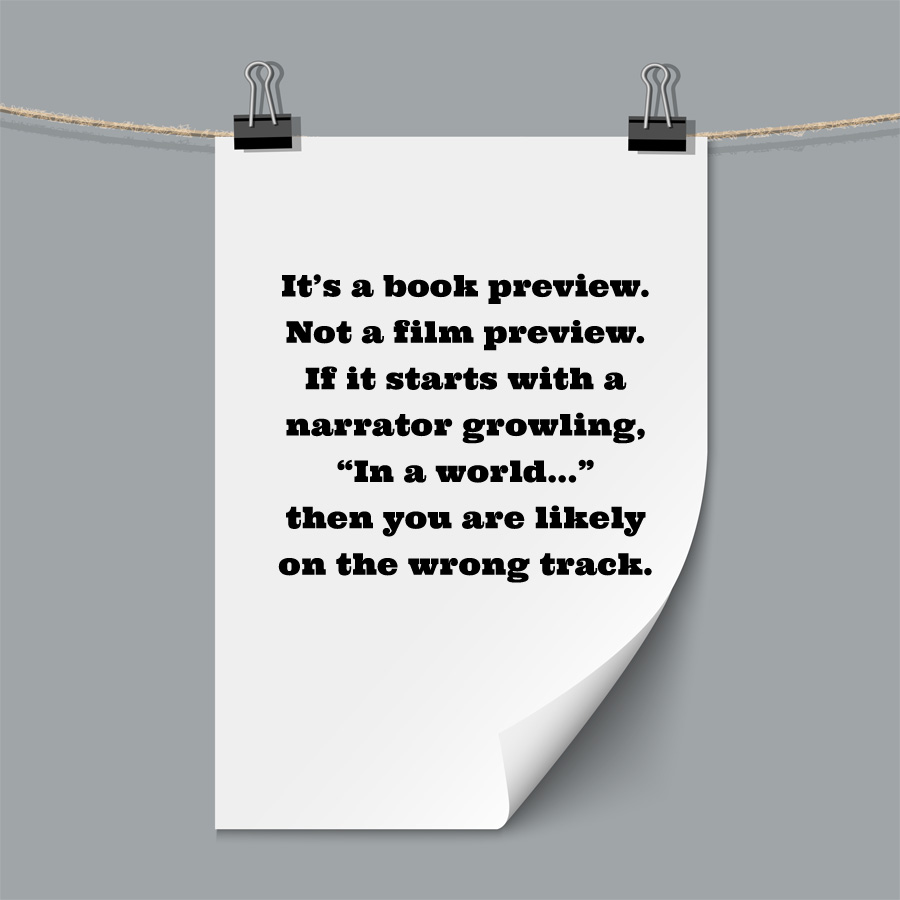

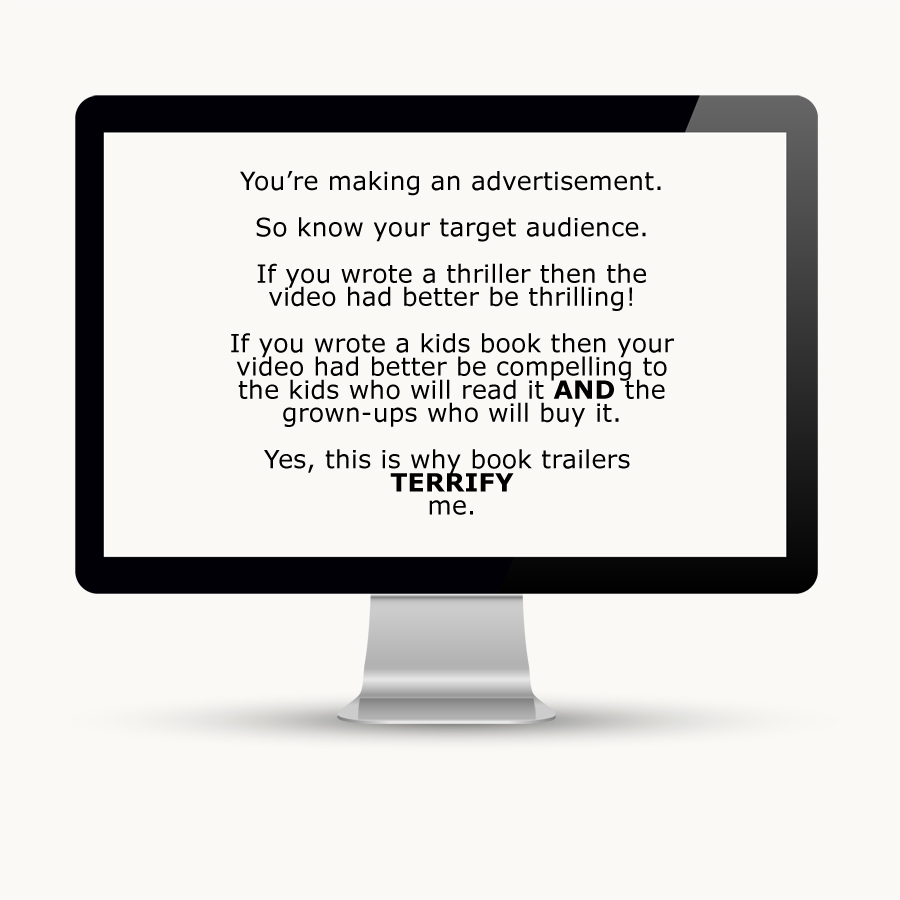

Here are some resources for you to dig into:
Tools for book trailer creation
Adobe Voice for iPad
A spectacular tool. I don’t use that word lightly. That’s the term I save in my quiver for special occasions.
The app on the iPad does everything and does it well. You can make a slick presentation within minutes. If you want to make a fast, elegant trailer that focuses on your writing style, character voices or humor then Adobe Voice can help you. Oh, and they have tens of thousands of stock images for free. The app adds the correct credit to the end of the video so you’re pretty safe.
I can’t recommend this app enough.
Prezi
Some quality book trailers have been done with Prezi tools. Like Adobe Voice, the service will help you look slick. But unlike Adobe Voice, you don’t have simple and searchable access to free, accredited images.
Graphicstock and BigStock are (as of this writing) offering a free one week trial to their library of images. You need to give a credit card to get access, but you can cancel if you don’t think the service gives you enough value.
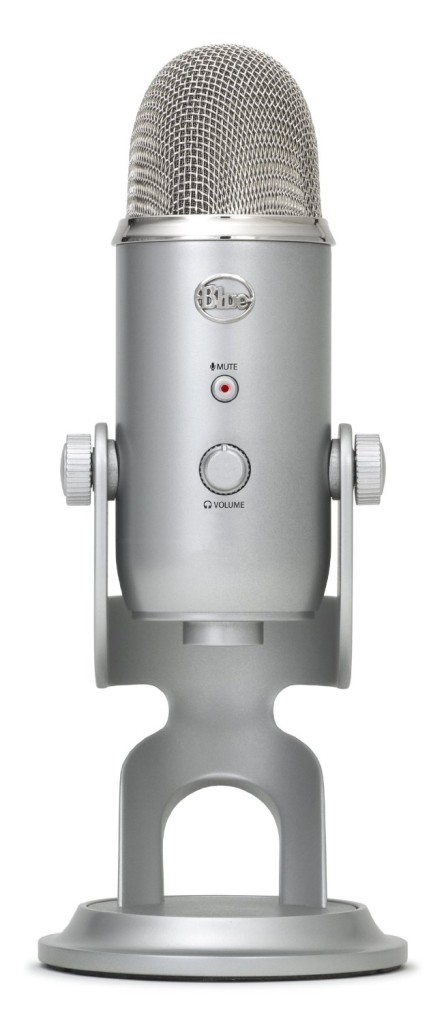 If you decide that voice is a critical component of your trailer, then you really can’t go wrong with Blue’s Yeti mic. It looks great and sounds even better. While the sensitivity can be high it’s nothing that can’t be adjusted for with a little distance from the mic.
If you decide that voice is a critical component of your trailer, then you really can’t go wrong with Blue’s Yeti mic. It looks great and sounds even better. While the sensitivity can be high it’s nothing that can’t be adjusted for with a little distance from the mic.
Book trailers that work
Fantastic book trailers and the reasons they’re so good
7 Brilliant Book Trailers
A funny piece in The New Yorker about book trailers
Have you made a book trailer? What do you think of book trailers? Let us know in the comments!
By Ben Zackheim
You might also like:
How to write an author bio that sells books
Choose the best genre for your book on Amazon

by Ben Zackheim | Apr 30, 2014 | Book Promotion, Sell your book, Writing |
How important is book genre?
Here’s a worst-case scenario:
1974: Stephen King’s first novel, Carrie, is released. The publisher lists it as a Biography by accident. The book sits on the wrong shelf across the country.
2014: No one knows who Stephen King is.
Yes, that’s an exaggeration, but when you choose the wrong genre for your books on Amazon you’re choosing the wrong shelf. Simply put, that could destroy the book’s chances.
Luckily, we can change genres as often as we change writing software. Every online retailer allows you to genre-hop until you find your right audience.
5 simple steps you can take to choose the right genre:
1) Go to a bookstore!
Okay, this is going to sound trite. If it does, then head to #2. But it worked for me! If your book was inspired by a particular novel or author, then go find them on the shelf.
Now imagine that your book sits next to it.
Does it feel right?
It sounds loopy, but it really works! Especially if your book is a mix of many genres.
Click on the genre you chose in #1 and study the sub-genres on BISG.
Then bookmark BISG! Why? Because new genres pop up every year. The BISG site is the most transparent method of spotting a new mainstream, “official” market for your work.
And guess what? Most booksellers comply with the BISG list!
3) Head to the major online booksellers and find your niche.
These sites are your stores. You get a place on the shelf. You get a small display. You get a few seconds to make the sale. So know your store.
Luckily, with the BISG list you whittled down the choices so you don’t need to dig as much now that you’re about to dive into the morass of online bookstore genre lists! How big a mess are they? Well, here’s the Mystery genre list of four top online stores.
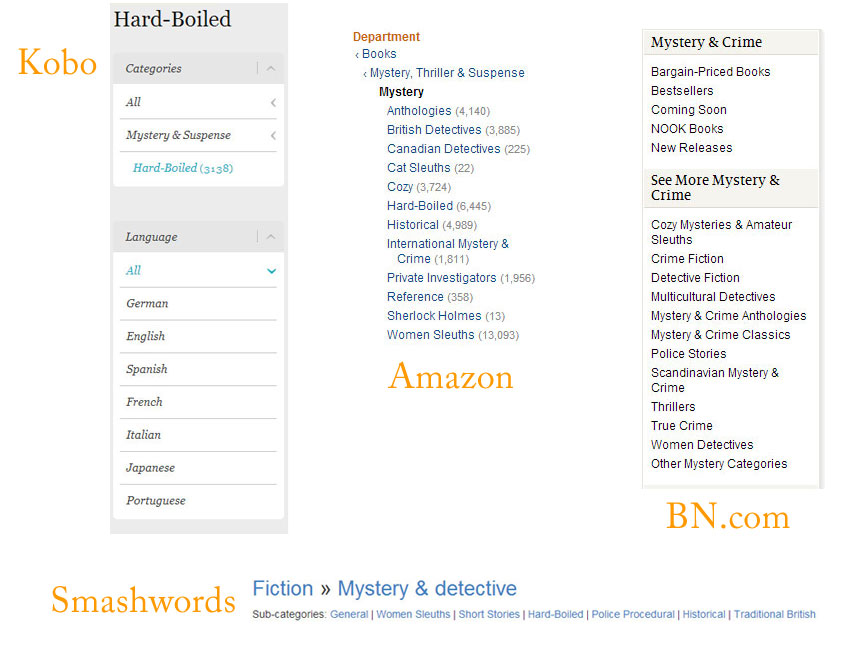
And check out this small taste of what genres each store offers: (all lists are from April, 2014)
Amazon genre list
[showhide type=”genrelist” more_text=”>>Click this link to show the Amazon genre list” less_text=”>>Click this link to hide Amazon genre list” hidden=”yes”]
#s in parentheses are the total number of titles in that genre
Arts & Photography (939,077)
Biographies & Memoirs (691,601)
Business & Money (1,967,372)
Calendars (136,574)
Children’s Books (1,110,182)
Christian Books & Bibles (652,410)
Comics & Graphic Novels (410,241)
Computers & Technology (496,343)
Cookbooks, Food & Wine (187,337)
Crafts, Hobbies & Home (430,882)
Education & Reference (4,512,483)
Engineering & Transportation (710,286)
Gay & Lesbian (52,727)
Health, Fitness & Dieting (610,932)
History (3,805,653)
Humor & Entertainment (453,318)
Law (566,246)
Literature & Fiction (3,178,315)
Medical Books (771,156)
Mystery, Thriller & Suspense (272,265)
Parenting & Relationships (165,447)
Politics & Social Sciences (1,597,281)
Religion & Spirituality (1,271,853)
Romance (435,075)
Science & Math (1,518,315)
Science Fiction & Fantasy (287,324)
Self-Help (309,223)
Sports & Outdoors (254,091)
Teen & Young Adult (279,009)
Travel (414,616)
[/showhide]
Barnes & Noble genre list
[showhide type=”genrelist2″ more_text=”>>Click this link to show the Barnes & Noble genre list” less_text=”>>Click this link to hide the Barnes & Noble genre list” hidden=”yes”]
Art, Architecture & Photography
Bibles & Bible Studies
Biographies
Business & Money
Children’s Books
Computing & Internet
Cookbooks, Food & Wine
Crafts & Hobbies
Education & Teaching
Fiction & Literature
Graphic Novels
Health & Fitness
History
Home & Garden
Humor
Libros en español
Medicine
Mystery & Crime
Nonfiction
Politics & Current Events
Psychology
Religion
Reference
Romance
Science & Nature
Science Fiction & Fantasy
Self-Improvement
Sports & Adventure
Travel
[/showhide]
Kobo genre list
[showhide type=”genrelist3″ more_text=”>>Click this link to show the Kobo genre list” less_text=”>>Click this link to hide the Kobo genre list” hidden=”yes”]
BIOGRAPHY & MEMOIR
Artists, Architects & Photographers
Business
Composers & Musicians
Entertainment & Performing Arts
Historical
Literary
Philosophers
Political
Reference
Religious
Royalty
Sports
BUSINESS & FINANCE
Accounting
Business Reference
Career Planning & Job Hunting
Economics
Entrepreneurship & Small Business
Finance & Investing
Human Resources & Personnel Management
Industries & Professions
Management & Leadership
Marketing & Sales
Personal Finance
COMICS & GRAPHIC NOVELS
Anthologies
Contemporary Women
Crime & Mystery
Erotica
Fantasy
Gay & Lesbian
Historical Fiction
Horror
Literary
Manga
Media Tie-In
Non-Fiction
Religious
Romance
Science Fiction
Superheroes
FICTION & LITERATURE
Action Suspense
Anthologies
Classics
Drama
Essays & Letters
Fiction – Young Adult
Historical
Horror
Humorous
LGBT
Literary
Literary Theory & Criticism
Movie & Television Tie-Ins
Poetry
Psychological
Religious
Short Stories
Thrillers
Westerns
KIDS & TEENS
ABCs, 123s
Animals
Beautiful and Interesting
Comics, Graphic Novels & Manga
Creative Kids
Fiction
Français, Español and more
Knock knock, Who’s Funny?
My Family, My Feelings, My Friends
Natural World
People and Places
Read-Along
Religion
School Tools
Sports and Recreation
Technology
Teen
Two Wheels, Four Wheels, No Wheels
MYSTERY & SUSPENSE
Cozy Mysteries
Espionage
Hard-Boiled
Historical Mystery
International
Legal
Police Procedural
Technological
Thrillers
Traditional British
Women Sleuths
NONFICTION
Art & Architecture
Computers
Entertainment
Family & Relationships
Food & Drink
Health & Well Being
History
Home & Garden
Reference & Language
Religion & Spirituality
Science & Nature
Social & Cultural Studies
Sports
Travel
ROMANCE
Contemporary
Erotica
Harlequin
Historical
Inspired Romance
Paranormal
Romantic Suspense
Science Fiction & Fantasy
SCI FI & FANTASY
Fantasy
High Tech
Historical
Horror
Science Fiction
Space Opera
Steampunk
[/showhide]
Smashwords genre list
[showhide type=”genrelist4″ more_text=”>>Click this link to show the Smashwords genre list” less_text=”>>Click this link to hide the Smashwords genre list” hidden=”yes”]
Fiction
Adventure
African American fiction
Anthologies
Children’s books
Christian
Classics
Cultural & ethnic themes
Drama
Fantasy
Gay & lesbian fiction
Graphic novels & comics
Historical
Holiday
Horror
Humor & comedy
Inspirational
Literary collections
Literature
Mashups
Mystery & detective
Poetry
Romance
Science fiction
Themes & motifs
Thriller & suspense
Women’s fiction
Young adult or teen
Non-Fiction
Antiques & Collectibles
Art, Architecture, Photography
Biography
Business & Economics
Career Guides
Children’s Books
Comics (nonfictional)
Computers and Internet
Cooking, Food, Wine, Spirits
Education and Study Guides
Engineering, trades, and technology
Entertainment
Gay and Lesbian
General reference
Health, wellbeing, & medicine
History
Home and Garden
Inspiration
Language Instruction
Law
Music
New Age
Parenting
Philosophy
Politics and Current Affairs
Psychology
Publishing
Reference
Relationships and Family
Religion and Spirituality
Science and Nature
Self-improvement
Sex and Relationships
Social Science
Sports & outdoor recreation
Transportation
Travel
True Crime
Weddings
[/showhide]
The lists above don’t include all sub-genres! So yeah, there are a lot of options. Again, BISG will help you focus.
4) Choose every single genre that makes sense.
Every. Single. One.
That’s probably a lot, and that’s okay. Write the list down somewhere safe. You’ll need it for #5.
Each online seller allows you to choose a different number of genres. Choose the genres that feel right. Or choose the genres that solid data supports.
Important note: Make sure your honest with yourself and choose a genre that actually fits. Just because your book includes a cameo of a handsome vampire doesn’t make it a New Adult Paranormal Romance. If you choose the wrong genre for your book you will hear from the readers — with bad reviews (see #5 for my experience).
Important note #2: Some bookstores don’t allow you to choose the precise genre you want. In this case, write to their support team and tell them you’d like placement in a certain genre. They’ll do so, but it may take a while.
5) Measure performance and make changes
This might be controversial advice, but it makes sense. If you don’t think your book is finding an audience in the genre you picked, then consider changing to another one.
[blockquote author_name=”” width=”50%” float=”left”]Upside: You might hit the nail on the head.[/blockquote]
[blockquote author_name=”” width=”50%” float=”left”]Downside: You might disrupt any momentum you were getting in the genre (which is info that none of these stores shares with us).[/blockquote]
I changed genres for the Shirley Link series on Amazon from Young Adult Mysteries to Kids Mysteries. I was getting a lot of downloads in Young Adult, but most of my reviews were *enh* to awful because young adults thought my books were too young for them. While I haven’t yet shown in the top seller list on Kids Mysteries, I’ve seen excellent reviews since I made the move.
It’s a tough call, sure. But if your book isn’t moving after a couple of months, try changing one of your sub-genres before you spend cash on a promo.
What tips do you have for genre seekers? Help out a fellow writer in the comments.
By Ben Zackheim
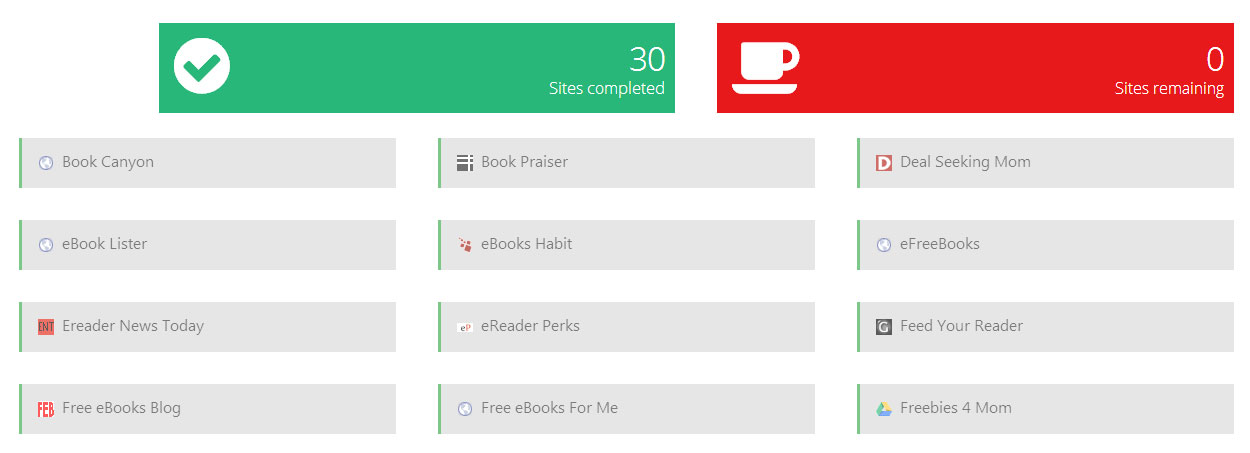
by Ben Zackheim | Apr 23, 2014 | Book Promotion, Sell your book, Writing |
As usual, I’m at my standing desk doing squats (poorly). I’m in the throes of marketing bliss as I find ways to promote my book.
I check on the sales of my book Shirley Link & The Black Cat.
They’re dip-tastic.
Time for a promotion.
So I plan until my brain stem hurts: the right day, the right level of social sharing, the right promotional materials… You know the drill.
Now all I have to do is post my book to the book listing sites! Wheee! So let’s see. That means I get to…
… scour through my bookmarks to find sites that still exist.
… excavate the correct submission page and read through the site rules that run, on average, 4,987 words.
… enter the same information over and over until I hate my name/book title/genre/sub-genre/description…
Of course, even with all of this work, there is no guarantee that my book will actually appear on the promotional site.
Can I lick the floor instead?
So when I heard about Book Marketing Tools’ ebook submission tool I stopped doing my lame squats. Book Marketing Tools promises to let you easily promote your book on 30 of the top free/deal sites. How easy? Like one-click per site. Fifteen minutes from start to finish.
This isn’t like Authors Marketing Club’s tool where they list out the links and send you off to fill out the form to promote your book. It’s a service that promises to make the submissions easy. That’s a promise I’m delighted to take them up on.
How does the ebook submission tool work?
I headed in with high hopes and low expectations. I’ve been burned by promotional tools before.
So I was pleased to find a good-looking site that told me what it did and got me into work-mode fast. The service asks you to enter some basic data about you and your book. It’s the same info you’re usually asked to enter on the deal sites. ASIN, Title, Author, Genre, Author bio. The idea here is that you should only need to enter the data once for all 30 sites.
When you finish with that step, you get this…
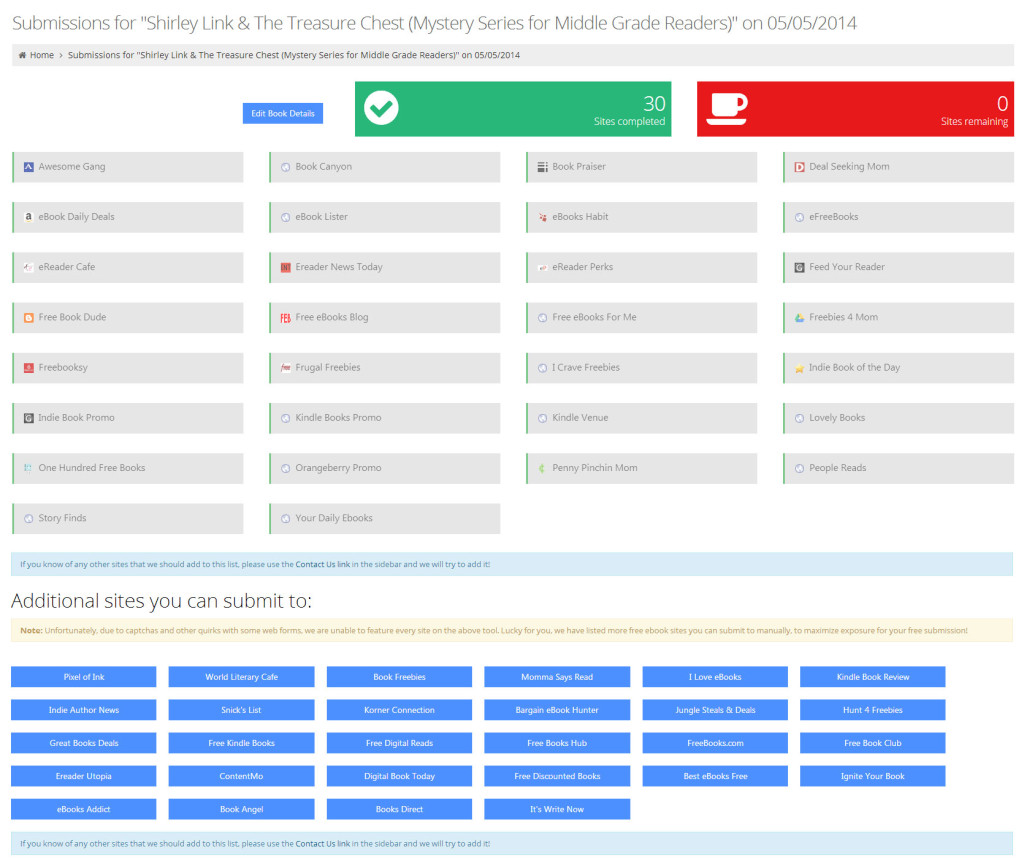
See the list of sites with the light gray backdrops? Those are the ones that you can submit to automatically. All you have to do is click on the first site (Awesome Gang) and a pop-up window appears. You verify the pre-populated info and click on the ‘Next’ button.
Repeat 29 times.
Did it work? Yup. Some of the steps required an extra few seconds of data entry, but the process took only 15 minutes! Fifteen minutes to promote your book on 30 sites. Wow.
I think my favorite part was watching dozens of verification emails flood my inbox one after another.
Unfortunately, the blue-button sites at the bottom of the dashboard screen cannot be filled automatically. They act more like the AMC tool — sending you off to the correct submission pages where you do the heavy lifting. Still, it’s nice to have the list in one place.
With all of its strengths, I’d like to see the tool track two things:
1) Which of the sites under the “Additional sites you can submit to” header did I submit to already? I’d like to check it off my list once I’m done submitting manually.
2) What’s the success rate of the submissions? Did Edreader News Today show my book on promo day, or not? I’d use this service to track my progress if it had the tools.
But won’t the submission sites be angry about this new service? Not if they think it through. I discovered a bunch of sites I’d never heard of before on the dashboard. Besides, when I submit to a promo site I’m not there to browse. I want to submit my book and move on. That’s not the behavior of a valuable visitor. In my opinion, promotional sites should work with Book Marketing Tools to make things as easy as possible for us. It’s a logical way to strengthen their services and their brands.
So yes, the ebook submission tool can help you promote your book to 30 sites in 15 minutes, as advertised. If I could track details of my promotions then Book Marketing Tools could become one of my default browser tabs.
The price is $29 per book promo. That seems a little steep to me, but I might do it to save myself a couple of hours of work.
Give it a try and let us know how it works for you.
By Ben Zackheim
Disclaimer: Book Marketing Tools reached out to me and offered me a $5 credit to test their new tool. I’m posting my experience, which was a good one.

by Ben Zackheim | Apr 22, 2014 | Book Promotion, Digital Identity, Sell your book, Writing |
Isn’t it fun to write about yourself? Wouldn’t you love to make a career out of coming up with new ways to talk about how interesting you are? Me neither.
Can author bios sell books? If you believe that a great cover, glowing reviews and a spot-on book description can sell books, then you’ll believe me when I say yes. The author bio is a featured data point all over the web. If a reader loves your bio, then imagine what they can get out of an entire book! Yeah, author bios sell books.
The fact is, author bios are the best way to make yourself compelling to a complete stranger who’s thinking about buying your book. Very few authors over the years have enjoyed crafting bios. But we still need them.
And we need to write more of them! For example, you need to tailor unique bios for your marketing efforts. Blogs, newsletters, deal sites, listings… many of them want a unique bio and book description when you submit. It’s frustrating but it makes sense. They don’t want their audience (or Google) to see them as redundant.
So here are some best practices that I’ve discovered on my journey. They’ve saved me time. They’ve made promotion just a tad bit easier just when I needed it most. And they’ve sold a few books!
Author bio tip 1. Your bio isn’t about you. It’s about your audience. Okay, technically that’s not true, but think about it. You’ve caught someone’s attention! That’s a big win! Don’t lose it by taking your eyes off of your goal here.
So make the bio appeal to your target audience. If that means showing off your snappy, friendly and entertaining self to sell your kids book, then cool. If you’re going for insightful, deep and intelligent for your paranormal romance then let it fly.
But please, whatever you do, don’t neglect your bio. It’s not below you. Some readers consider it a key part of their decision to buy, so treat your bio with the respect it deserves.
While all five of these tips will help you make a better bio, tips 2 and 3 are the best advice for how to write an author bio that sells books.
Author bio tip 2. Write the bio for the site where it will live, and mention your reading interests. As I’ve advised before, you should dig into the online store that you’re selling on. Even a smattering of research can yield insights that will help focus your bio.
What kind of books do you enjoy? Mystery? On Amazon you get the following drop-down results when you type that term in the search window:

On B&N:

My advice for this genre is to mention you like “mystery series” on your B&N bio. Mention you enjoy “mystery books” or “mystery and thriller” on your Amazon bio.
See what I’m doing there? I’m leveraging the site’s search engine to tell me what customers search for. All the terms that you see in the drop-down are arranged by popularity, so it’s great info that you can use to connect with readers.
I’ve written on this method of finding your target audience before, so I won’t belabor the point.
But one last thing, don’t get bogged down on this step. Really, what you should do is…
Author bio tip 3. Be passionate. When you write about your passions, your writing gets better. So mention your passions — hobbies, family, travel stories. It will help you connect with the reader.
Author bio tip 4. When you do finally get in the mood to hammer your way through your author bio, don’t just write one! Hey, you’re on a roll, so take advantage. Write five to ten quick and dirty bios that you can adjust later. Keep it in one file, somewhere safe. Then when you run into one of those sites that requires you to give them a unique author bio, you’ll have some fresh ones to choose from. Tighten it up and you’re done.
Author bio tip 5. First or third person? Great question. More independent authors are choosing first person. I think the reason for this is two-fold. One, it’s more comfy. Two, they want to convey their brand in a more casual way.
The counter argument is “first-person is amateurish and third person is professional.” The bios you read on books in the bookstore are rarely in first person, after all.
But I think most bios sound dull. And I’ll bet they’re dull because they’re written by authors who aren’t comfortable writing about themselves in the third person. Or they’re written by a hired hand who doesn’t know the author. Either way I lean toward first person myself because that’s what comes naturally.
How about you? Go ahead and paste your author bio in the comments section. We’d love to hear your thoughts on how to write an author bio that sells books!
By Ben Zackheim







 If you decide that voice is a critical component of your trailer, then you really can’t go wrong with
If you decide that voice is a critical component of your trailer, then you really can’t go wrong with 





